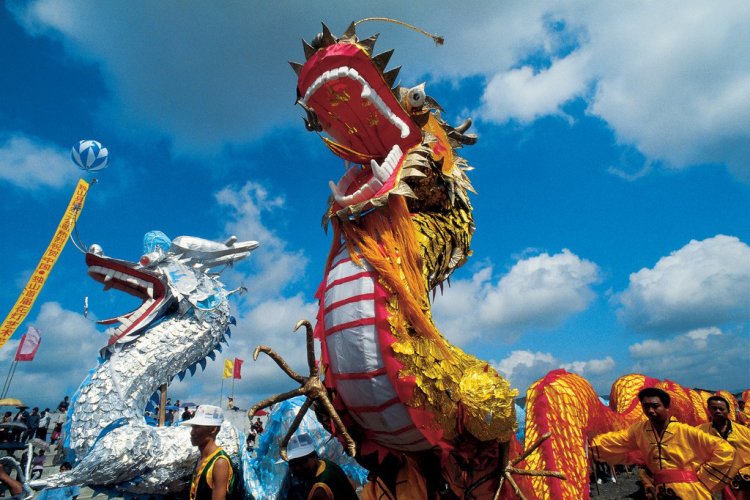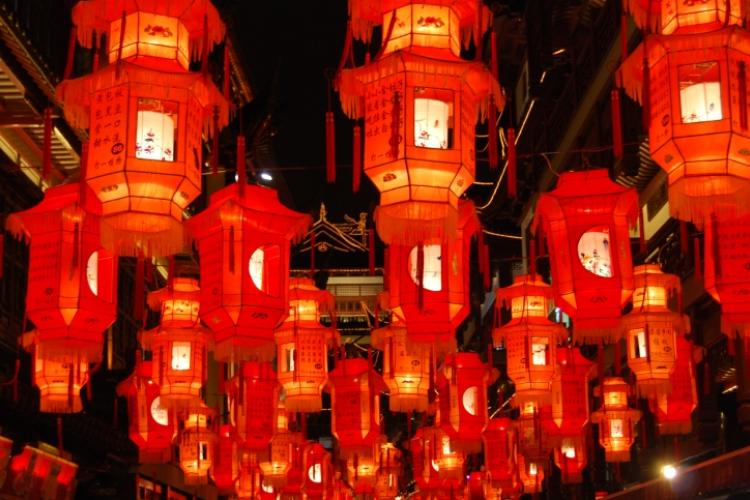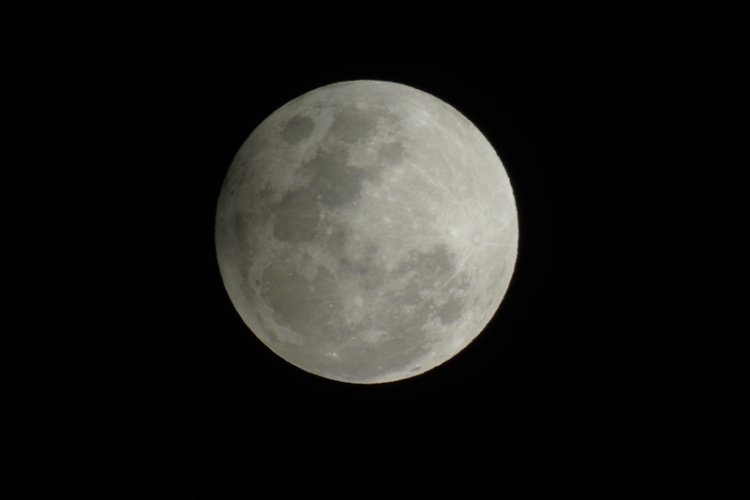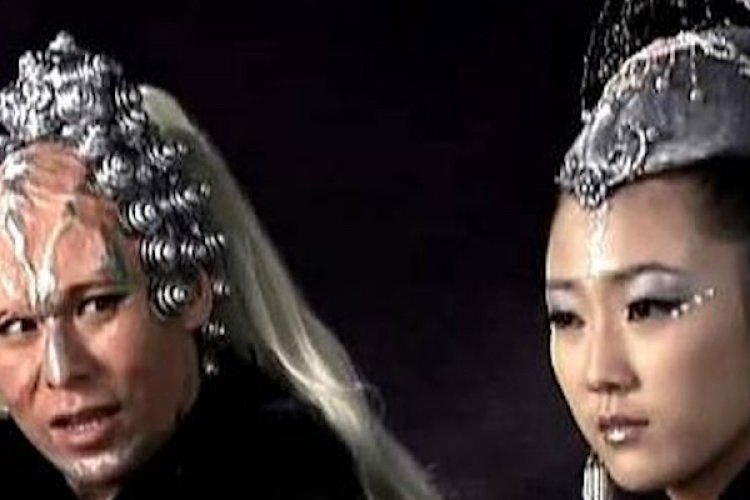Why Lantern Festival is the "True" Chinese Valentine’s Day
Lantern Festival (元宵节 yuán xiāo jié), considered the climax of the Chinese New Year holiday, is celebrated on the 15th day of the first lunar month. This year, it falls on this Friday, Feb 26. It also marks the first full moon following Spring Festival (that and the official end of your baijiu hangover).
Over the 2,000 years since its conception, the festival has developed many meanings. People nowadays usually come together with their family to do a little moon gazing, light lanterns, watch lion dances, and eating rice balls (汤圆 tāngyuán). But did you know, besides the lantern fairs and other traditions, back in ancient times it was also the “true” Chinese Valentine’s Day?
The origin
In ancient China, women usually weren’t allowed out of the house and there was a curfew system to prevent criminal activity during nighttime hours such as gambling and stealing. No one was allowed to travel between 7pm and 5am, except for funeral arrangements, medical treatment, and marriage. Violators would be flogged at least 20 times with a rattan cane as a punishment.
But on the night of Lantern Festival, everyone could stroll freely. By lighting lanterns, playing games, and other wholesome fun, women were free to interact with men outside of regular hours. The loosening of the rules and the frolicking that supposedly ensued is why some deem Lantern Festival the true Chinese Valentine’s Day, rather than Qixi Festival, which celebrates the annual meeting of the cowherd and weaver girl in Chinese mythology.
Tales from the past
There are other stories from China's colorful past that solidify Lantern Festival as the real day of romance. Take, for example, the tale of Princess Taiping (太平公主 Tàipíng Gōngzhǔ, pictured at top), AKA "Princess of Great Peace," during the Tang dynasty. Her first accidental meeting with her future husband Xue Shao happened to take place during Lantern Festival after she snuck out of the palace to go for a midnight stroll with her gentleman called. As soon as Xue Shao took off his mask – a tradition among those of high rank so as to hide their identity – the princess immediately fell in love with him as she had never seen any man as beautiful as him.
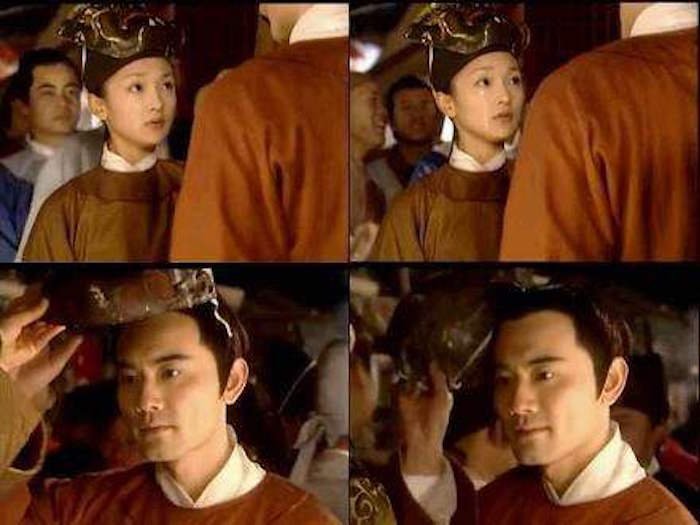
Then in the Song dynasty (960-1279 AD), the famous poet Ou Yangxiu wrote the poem "Fresh Berries," capturing the underpinnings of Lantern Festival:
Last year at the Lantern Festival
The flower-market lights were bright as day;
When the moon mounted to the tops of the willows,
Two lovers kept their tryst after the yellow dusk.
This year at the Lantern Festival
The moon and the lights are the same as then;
Only I see not my lover of yesteryear,
And tears drench the sleeves of my blue gown.
From the same era, Li Song’s painting "View of the Lantern" depicted the event at that time:

Finally, in Dream of the Red Chamber, one of China’s Four Classic Novels, there is a scene where the protagonists play a game of guessing lantern riddles. After having been confined to their boudoir with few activities for a whole year, the women are finally permitted to go out and enjoy Lantern Festival. As any self-respecting women would do having been confined to a cramped space for hundreds of days, they dressed up meticulously and headed out so as to improve their chances of netting a man.
Luckily, some traditions and notions of romance do change.
READ: Celebrating Lantern Festival in Beijing: Traditions, Lantern Fairs, and Tangyuan
This post originally appeared on our sister site, Jingkids.
Photo: hk01.com, sohu.com, baidu.com, pinimg.com




